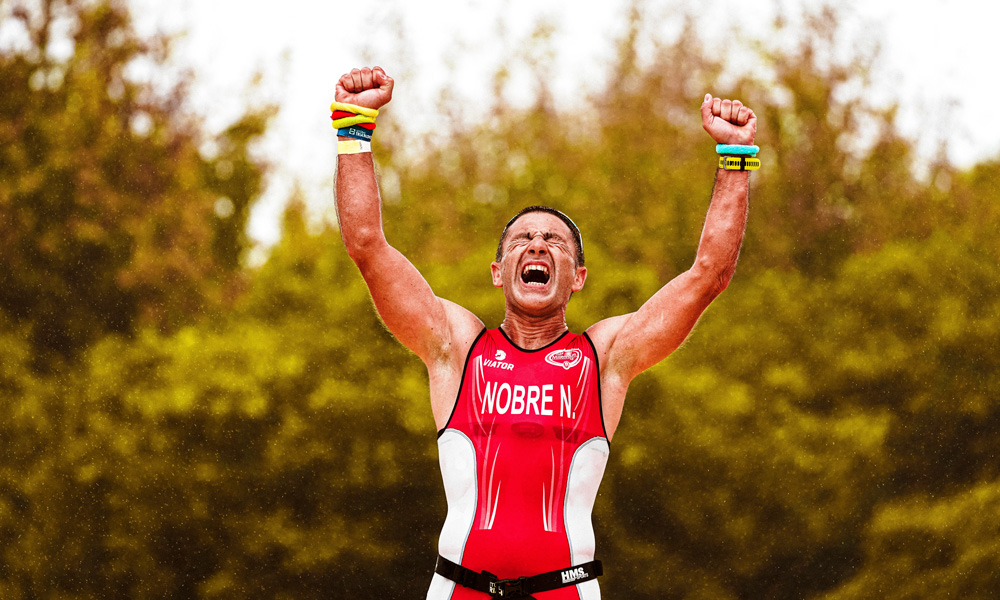"Bad shit is coming. It always is in a startup. The odds of getting from launch to liquidity without some kind of disaster happening are one in a thousand. So don’t get demoralized."--Paul Graham, co-founder of Y Combinator
Most startups never make it to liquidity with a majority not making it past year 3. According to a recent article in Fundsquire, in Canada, 20% of businesses will fail in their first year and around 60% will fail within their first three years. It is about perseverance, timing and a bit of good fortune. Realize that you will be tested often and that your job is to learn how to deal with the chaos. You have to learn to enjoy the journey and stay focused on your vision and your destination.
As Steve Jobs described, “If you are working on something exciting that you really care about, you don’t have to be pushed. The vision pulls you.”
Through this journey, you will try many things that will not work, but that are crucial to your growth as a founder. Learning what doesn’t work is hugely important and it will set you towards a solution that does work. It takes courage and humility to try again once something has failed, but over time as you overcome these obstacles you will become more resolute and confident.
"You have to see failure as the beginning and the middle, but never entertain it as an end." -Jessica Herrin, founder and CEO of Stella & Dot
For those who are able to stick to their vision, keep in mind that this is a marathon and it will take a long time to turn a profit. It took Square over 6 years to turn a profit. Amazon which was founded in 1994, did not turn a profit until 2003. Tesla, which was founded in 2003, experienced its first profitable quarter a decade after its launch. To be successful you have to build a stellar reputation and have access to a great network that provides access to mentorship, potential customers and partners, and most importantly funding. Stripe has held ten equity funding rounds, from its pre-seed Y-Combinator round to its most recent, $600 million Series H round, which now values the company at $95 billion. It is important to note that not all startups have to raise huge amounts of funding to be successful. Sarah Blakely was able to build Spanx into a hugely successful company without giving away any equity in her company. Just keep in mind that bootstrapping all the way to profitability is a weary road and Sarah Blakely worked her regular job for two years even after Spanx got into Neiman Marcus.
So view your startup experience as an event. It is an event that can take years and sometimes over a decade, so the journey has to be as important as the destination. The key is to enjoy the journey, embrace challenges and surround yourself with great people who will support you when times get tough. The final destination is the entrepreneurial holy grail, a successful and liquid company and most importantly the experience of taking a startup from idea to exit.

